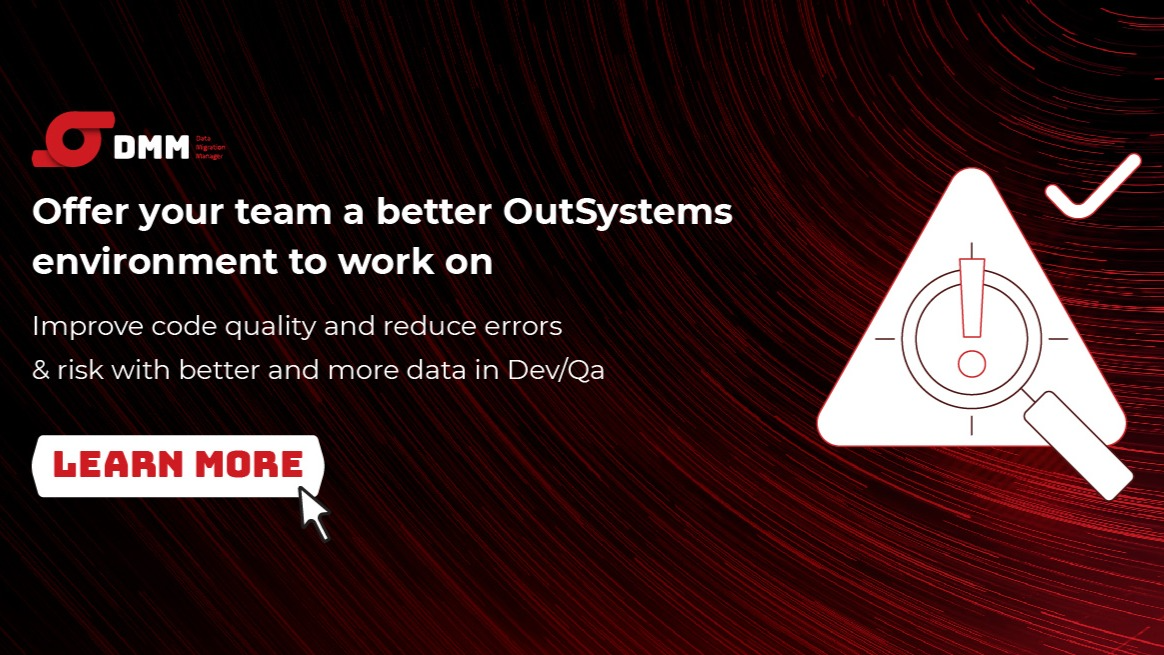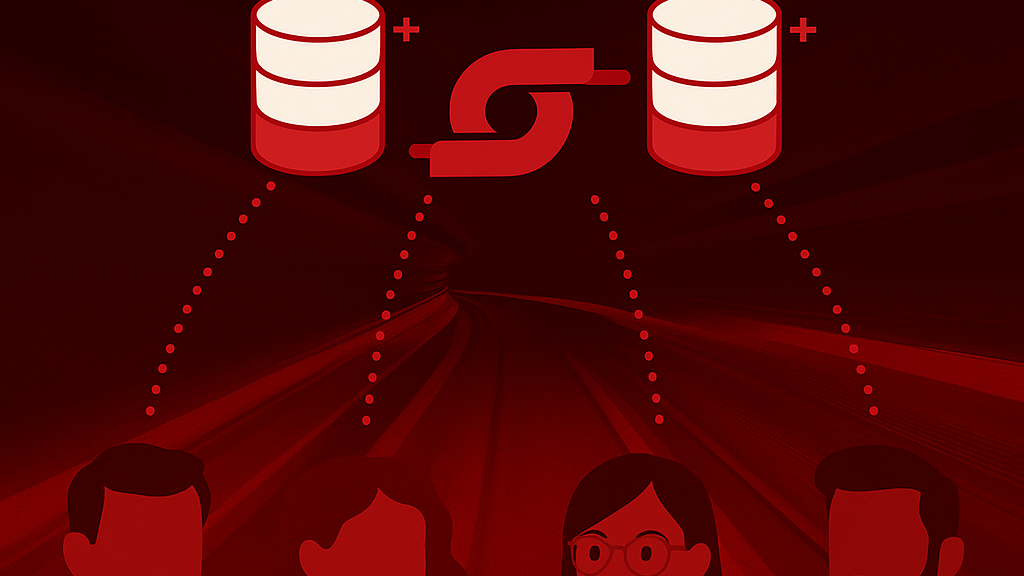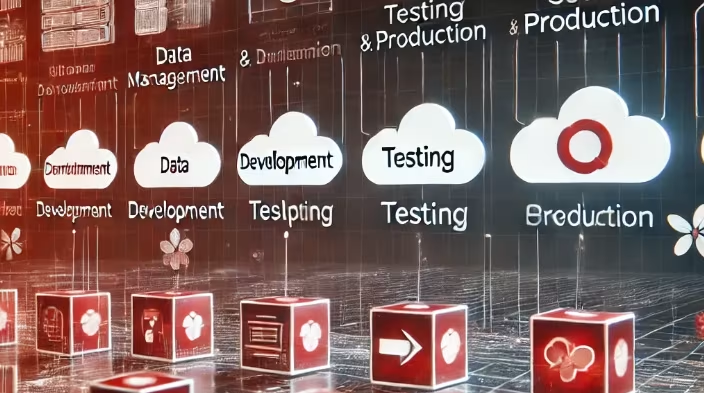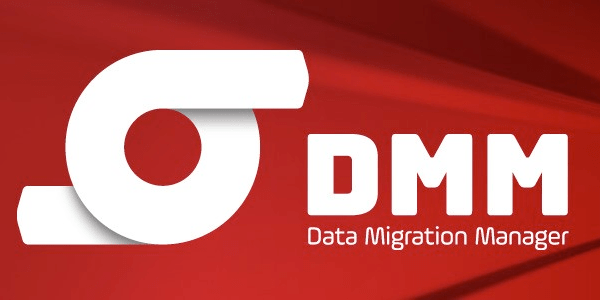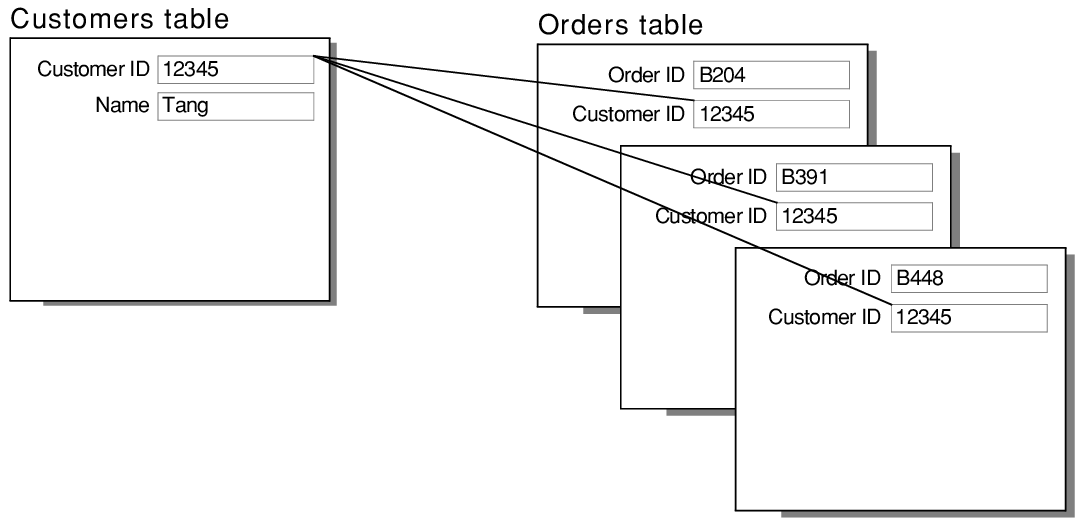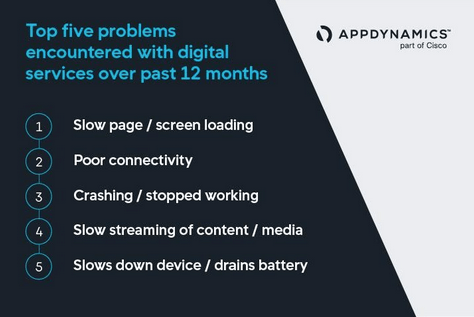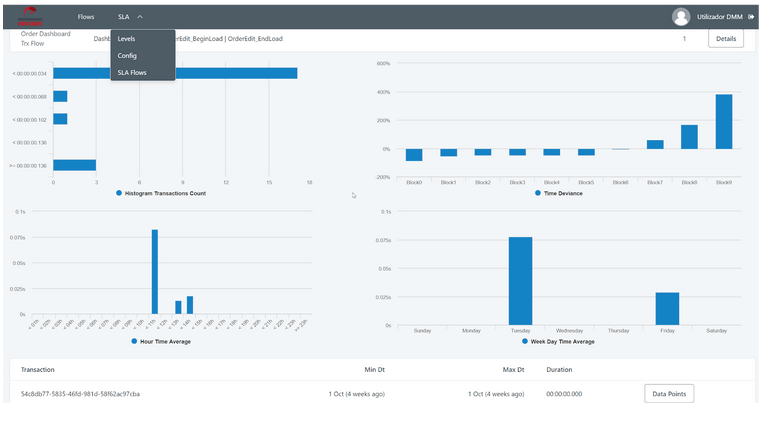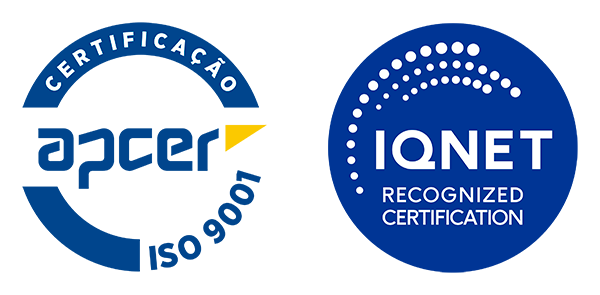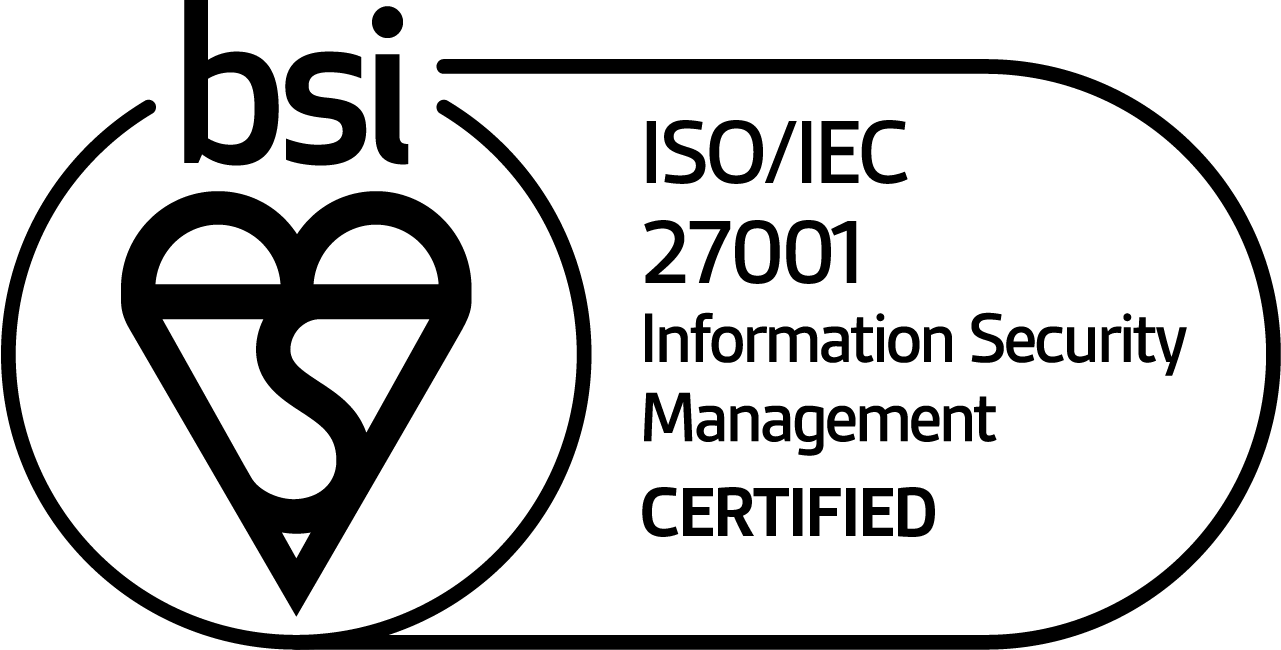Business & Software Factories (BSF), the future of corporate IT
Context, Challenges and Trends
The Portfolio Management and the need to introduce technological innovation along with the need to keep up and running all the legacy systems, represents today a huge challenge for IT departments and information systems in all organizations. The diversity of manufacturers, platforms, technologies and skills to maintain them is another huge challenge for CIOs in organizations, which have increasingly reduced budgets, thus forcing a cut in structural or strategic investments and to seek other solutions that will enhance the processes performance in organizations (Forrester, 2014; Pereira, 2014).
To further complicate the scenario of high complexity in the management of technology and information systems, it is also necessary to manage a high turnover of staff and technical teams that seek more attractive and international projects, resulting in the unavailability of experienced professionals with the necessary skills to develop projects or to maintain the current operation in good working order (Accenture, 2014).
Often we found cases of outsourcing procurement processes where the only evaluation made is the (best) rate of the selected consultants, neglecting the quality of deliverables and the benefits for the organization achieved after consecutive stages of development, testing and communication errors (non-compliance), which leads to repeated delays in providing the tools and hidden costs associated with internal teams productivity break and the extension of contracting resources under the maintenance and support teams to production environments. Many organizations have chosen the outsourcing hiring model, sometimes in distant countries with lower costs related to skilled workforce but with big challenges in the information security  field and big inefficiencies associated with the quality of the final solutions and their conformity with the requirements, especially because of flaws in understanding business requirements or even language and culture (Colwill, 2006; IBM, 2009). In other cases, the time difference adds additional complexity which results in inefficiency and worst results because the lack of bonding processes between the teams.
field and big inefficiencies associated with the quality of the final solutions and their conformity with the requirements, especially because of flaws in understanding business requirements or even language and culture (Colwill, 2006; IBM, 2009). In other cases, the time difference adds additional complexity which results in inefficiency and worst results because the lack of bonding processes between the teams.
Tendentiously, organizations need to significantly increase their agility in response to the demands of their customers and the market that evolves more and more rapidly, and that forces them to make major changes, adaptations or even the transformation of business processes to adapt and maintain high levels of competitiveness. We must then put some important questions and seek the answers:
- How is it possible to deliver the best technological solutions to the teams to support business processes, faster and more agile than before?
- How to simultaneously optimize cost and quality of the developed solutions?
- How to control and reduce the risk in long-term projects with high complexity?
Those in charge in organizations (CEO, CIO, CMO) should therefore discuss with each other and set some strategic options (Price, 2014):
– The sales cycle in business must be optimized and shortened, seeking the improvement of the user experience and the customers’ engagement levels (Moore, 2012; CIPD, 2012). Only by generating more business opportunities and a better conversion rate in sales, organizations can aspire to maintain high levels of competitiveness in a context in which they have less capacity to invest and require them to eliminate the previous and more expensive communications and marketing options. To this end, process changes should be evaluated and supported in technological innovation such as the BigData, Mobile channels or Social networks, as well as the adoption of Cloud services and SaaS (Fauscette, 2014), in a way to provide relevant information for the commercial decision making and in real time.
– Now, is not enough to optimize the performance of processes and seek to maximize their efficiency. Organizations must change their ways of acting and significantly simplify them, by applying methodologies such as “Lean 6 Sigma” and the search for more effective alternatives (processing), faster and less expensive, equally satisfying their customers.
– Should also follow up the technological evolution and trends in order to support market differentiation, thus increasing the awareness and customer experience in contact with brands, products or services provided. Business portals and the connecting services with partners that are supported in an integrated management (SOA) and real-time approach, can streamline all communication and decision circuits, meeting and exceeding customer expectation through a great user experience.
– Some non-core activities can be transferred to reliable and expert partners, who can provide the best service and the best price, thus freeing internal resources to fully devote themselves to core business and customers. Only with a high level of specialization it is possible to improve service levels while maximizing the cost/benefit with effective management and risk control. It is therefore important to identify which activities can and should be delivered to business partners and how to best manage the commitments and service levels, monitoring them constantly.
– External impositions related to legal and regulatory aspects require the adoption of good governance practices in the management and compliance assurance, such as those related to security, confidentiality or intellectual property, and should follow the recommendations provided by the CMMI, ISO 27001, ITIL or COBIT, among others (Bank of England, 2014; EBA, 2014).
– Among the options regarding to possible models of contracting for the development of business support solutions, organizations can opt for the simple outsourcing of individual consultants or the outsourcing of teams which together ensure a certain capacity and a set of skills. The next level is the evolution for the closed project model with shared risk with the supplier (price, deadline and deliverables) or to more strategic and continuous models such as the average or large teams that can be contracted for long periods (multiannual), with SLAs clearly defined and penalties / bonuses based on achievements. Ultimately, may drive to a full contracting model that includes platforms, people and complete (sub) business processes, in the designated models of Business Process Outsourcing (BPO).
– In all situations, organizations should continue to internally ensure a clear identification of its business priorities and investments to be made in order to maximize success in their strategy implementation (Feldman, 2014). They should also evaluate the possible benefits and returns for each investment to be made (ROI) in order to choose the most promising ones and which are able to provide the level of investment required to success (Castro, 2010).
Innovative Proposal – Business & Software Factories (BSF)
In order to respond to the denoted challenges, some proposals emerged in the information systems and technologies field, like the BSF. This is an innovative concept that integrates competences and skills for the specification and optimization of business processes, with the best practices in governance and software development, in contexts of high complexity and average/long term projects, with the promise to simultaneously maximize quality and platform deployment costs in business support solutions.
Only with sophisticated measurement practices (Scheepers, 2008; Sedera, 2013), control and governance is possible to ensure high quality standards and predictability in the software development process, along with consistency and high productivity.
The constraints so far existing in the understanding and specification of business requirements highlighted in the “Software Factories” are surpassed by the inclusion of strong business skills in the model now understood and improved.
Some of the main distinctive components of the BSF are:
- The introduction of components like “Processes and Requirements Business Analysts” that ensure a correct understanding of the objectives and business needs, architecture requirements, processes and technology;
- The “Lessons Learned” that ensure a continuous improvement process essential for the achievement of high levels of efficiency needed;
- The Service Level Agreements (SLA’s) and their continuous monitoring;
- The different possibilities according to the BSF location (onsite, near shore, off shore) or the operation models. The best practices referred by the ISO 27001 and CoBit are considered and incorporated in the model.
The main value proposition introduced by the BSF is the competitive advantage, ensuring the increase of the agility and flexibility levels in response of the constant business needs of automation and processes innovation and optimization, while maintaining controlled or even reduced budgets, needed for the project’s implementation. The BSF are focused in the specialization of the teams and the processes that support them, freeing capacity and budget to provide the “extra mile" coveted by leaders and champions, allowing the way to make a difference.
| Jorge Pereira, CEO Infosistema – 28/05/2015 |


